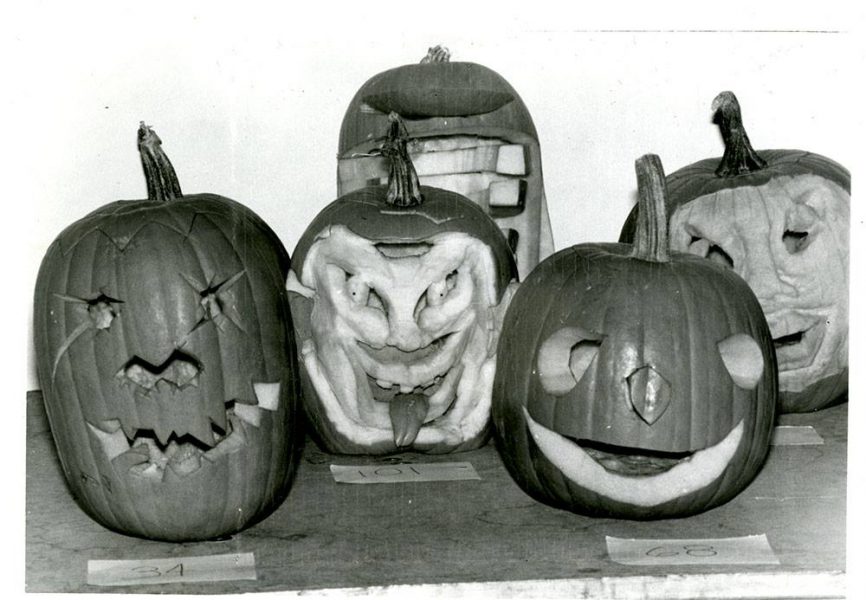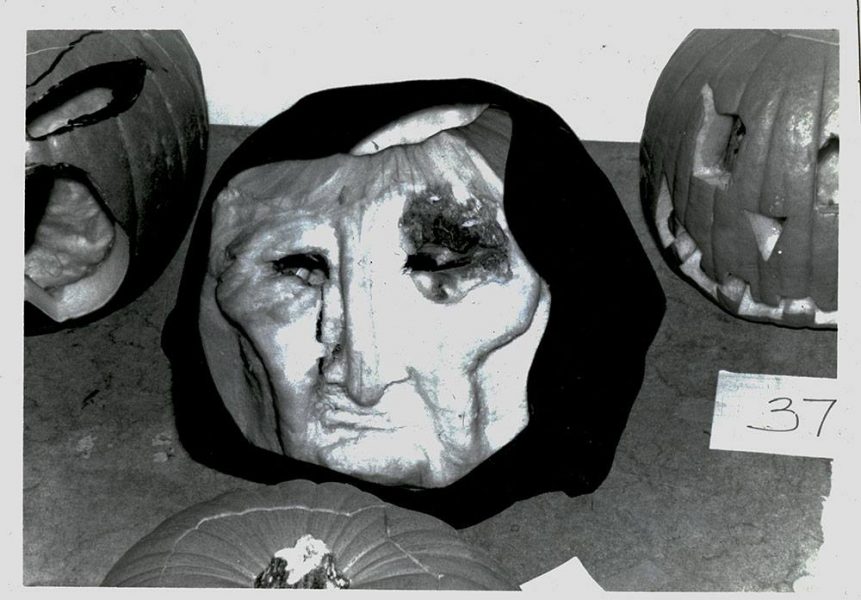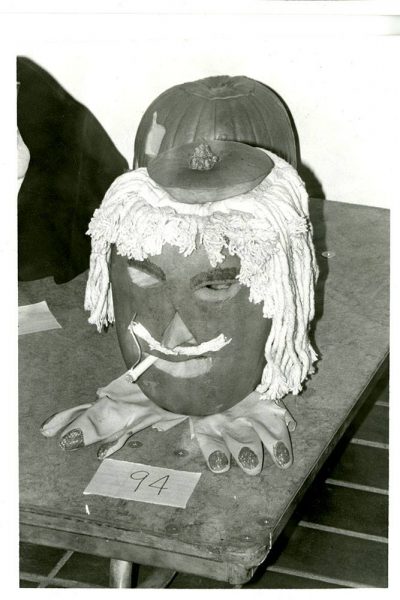
Perhaps there is no surer sign of Halloween than pumpkins carved with ghostly and grinning faces, lit up with candles and perched on porches and in darkened windows. People have been making jack-o’-lanterns during the late fall season for centuries. Seasonal vegetables like large turnips and potatoes were used in the early lanterns where the practice originated in Ireland and later taken up in Scotland and England (where beets were used.) Celtic rituals, tricks and warding off evil, and deals with the devil all played a part in the origins of the iconic Halloween symbol. For instance, the name jack-o’-lantern comes from an old Irish folktale about someone named Stingy Jack and European immigrants brought the tradition to America, where pumpkins were plentiful. The tradition has been a part of Halloween in the United States since the 1800s, but the use and meaning of the carved gourds has changed over time.

Today’s Flashback Friday takes a peek at some of the prize-winning carvings created by Michigan Tech students. Looking back to the 1980s and 1990s, it was common for students to have carving contests as part of their Halloween festivities in dorms and at off-campus housing. Some student organizations hosted similar events. These ghoulish examples are courtesy of the Michigan Technological University Photograph Collection. Perhaps you know the creator of one of these monstrous masterpieces! Happy Halloween!
